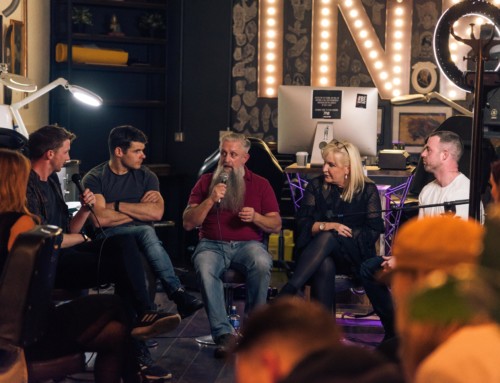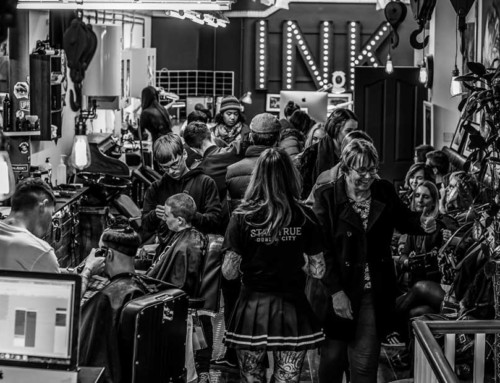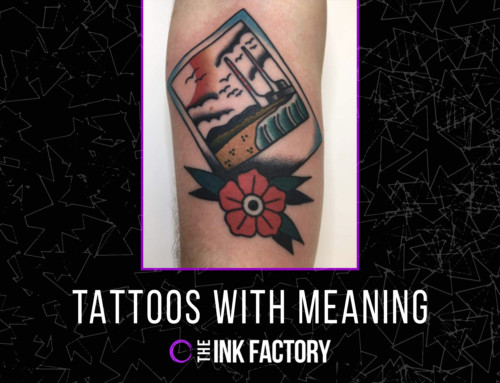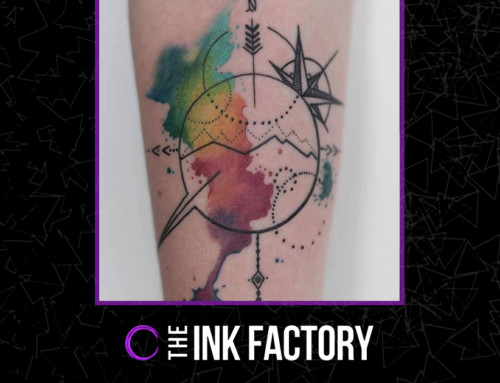This week we’re delighted to be hosting the fantastic pottery forms of Fermoyle Pottery in our Wellington Quay premises. We got a chance to hear from the dynamic duo behind these pieces, Alexis and Stephen O’ Connell, to learn more about their artistic practice and their lovely base on the west coast.
How does the local area of Kerry inform your work?
The landscape in Kerry is phenomenal. Right now we have golden snow capped mountains all around us. Clouds are forming and changing constantly and the colours are so intense here. It’s always so wet; even when it’s not raining water droplets sit heavily in the air which seem to illuminate everything. Country living gives us freedom and opportunity. We have a large permaculture garden and our pottery studio is here at home. The local community is very supportive, our kids go to the local school and we are far from any commercial temptations. It’s the perfect setting for Steve and I to concentrate on creative pursuits without any stress.
What’s a typical day like for you guys?
The early morning sees us running about getting the kids off to school. Steve and I meet back in the kitchen at about 10am when we take a glorious moment to relax with a cup of tea – we don’t get much down time here. I usually spend an hour or so in the garden while Steve is straight into the studio making pots. I join him there around lunch time and we both work side by side. We have our own separate projects but we also collaborate on things. The pots we are developing for the Ink Factory are a collaboration. Steve throws the forms on the wheel and I give them pattern and colour.
What are the main stages in creating pottery? For someone who might not be familiar with it.
Well, there are a lot of processes involved in creating a pot. Firstly we wedge the clay – which removes air bubbles and sort of loosens it up. Throwing is a skill Steve has developed over many years. It involves centering a piece of clay on a spinning board, pulling it up and shaping it into a form. Then we set it aside to dry for a few days. When it is leather-hard the pot is turned upside down and the foot is trimmed away, a bit like turning wood on a lathe. Next we join together parts such as spouts, and handles onto mugs. Our pots for the Ink Factory have been decorated using coloured clay slips. The patterns have been built up using wax as a resist in between colour layers.
After decorating and once it’s bone dry the pot is ‘bisque’ fired in a kiln to a temperature of 1000 degrees celsius. Then we dip or paint the pot in the glaze mix before it goes back into the kiln for a second firing where it reaches around 1260 degrees. At this temperature the clay and glaze fuse together into ceramic material in an irreversible process. Creating glazes is a skill in itself requiring at least a basic understanding of chemistry. Steve combines raw materials, like quartz, and metal oxide powders such as iron oxide titanium and cobalt, as coloring agents to make a watery mixture. This is the basic method by which we use to create pots, but of course there are endless variations according to traditions and culture.
Why do you choose to work mostly in stoneware, what draws you to it?
Stoneware clay is strong and versatile, it throws beautifully and because it is very plastic you can build with it and alter it as you like – much more forgiving than porcelain. Modern stoneware clays can be very fine. I find you can be confident and daring working with it.
Whose work do you most admire in the world of ceramics?
Steve: I love to see artists celebrate the clay itself such as Sakiyama Takayuki in his sculptural works. Or Julian Stair’s pure and elegant forms.
Alexis: I love Lucie Rie and Hans Coper as well as Gertrud Vasegaard’s patterned works.
What’s the next step for you guys?
We will be selling online from the website soon – fermoylepottery.ie. If you check it out you will also find our blog there with lots of information about pottery, gardening and cooking. We would like to create a centre of learning in pottery and ceramics, gardening and self sufficiency. Soon we will offer courses here in our home studio with adjoining accommodation for guests. We will continue to develop our ceramics – we’re bursting with ideas. And of course we will keep working in our permaculture garden to create food for the family. It is a way of life which make us happy.
Gorse wine seems fascinating by the way! I didn’t know it existed. Have you produced much of it?
Yes we make it every year. The flowers are so hard to pick because of the long spikes on the bush. It is a labour of love. Gorse wine is golden like the sun… it’s summer in a bottle! We make lots of country wines. You’ll have to come and visit to taste them all.




